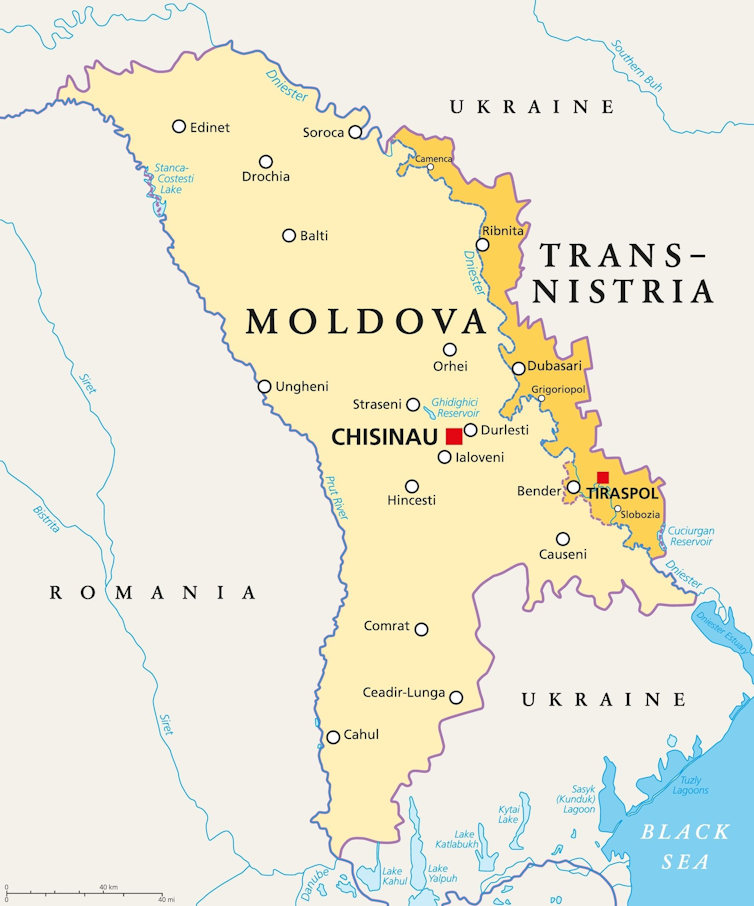
New Jersey Department of Education header photo from Twitter. (Photo: Twitter)
A recent national analysis contained a deeply disturbing finding that has generated little public discussion when it should be causing an outcry: Nearly 1.3 million students have left public schools since the pandemic began. Most states have seen enrollment declines for two straight years. In New York City, K-12 enrollment has dropped by an astounding 9%.
Given that state education funding formulas rely on student population numbers, a large reduction in students will lead to a corresponding reduction in school budgets. That’s the law of supply and demand. Otherwise, at this rate, the public will soon be paying teachers to lead half-empty classrooms.
The message to educators and elected officials could hardly be clearer: Too many public schools are failing, parents are voting with their feet, and urgent and bold action is needed. Until now, however, the only governmental response has been to spend more money – too much of which has gone to everyone but our children.
Since 2020, Congress has sent an additional $190 billion to schools, in part to help them reopen safely and stave off layoffs. But in many districts, union leaders resisted a return to in-classroom instruction long after it was clear that classrooms were safe. And by and large, remote instruction was a disaster. By one analysis, the first year of the pandemic left students an average of five months behind in math and four months behind in reading, with much larger gaps for low-income schools.
It’s abundantly clear that money was far from the biggest challenge facing public schools. The U.S. spends more per pupil on public education than virtually any other country, and many districts have struggled to spend all the federal funds they’ve received. Others have splurged on sports.
Now, after students have fled public schools in record numbers, states are paying more to educate fewer children. That might have been acceptable if students were showing great improvement. Instead, we are paying more for failure.
Meanwhile, enrollment at public charter schools has been moving in the opposite direction, thanks to their success, even as their federal funding has not risen in the last four years. From 2020 to 2021, nearly 240,000 new students enrolled in charter schools, a 7% increase year over year. Many charter schools around the country have long waitlists, and no wonder. In states and cities with strong accountability laws, charters have a proven academic track record of outperforming district schools. One recent nationwide analysis found that districts with a higher share of charters yield higher reading and math scores as well as higher graduation rates on average. Other research has found that the benefits are especially pronounced for Black, Latino and low-income students.
Charter schools educate 7% of all public-school students, yet they receive less than 1% of total federal spending on K-12 education. As more parents opt out of traditional district schools, that imbalance should be corrected, as charters struggle to afford the teachers they need to serve their growing student populations, often in low-income communities.
The idea that we would allow public charter-school students from disadvantaged backgrounds to be deprived of great teachers so that we can staff schools with declining enrollments as though they were full makes no sense whatsoever – until factoring in politics. And then it makes perfect sense, because so many elected officials are beholden to union leaders who oppose charters.
Recently, union influence over the federal Department of Education led to an outrageous proposal to erect new barriers to funding charter schools. Instead of making it easier for educators to open more charters to meet parental demand, the DOE proposed to do the opposite.
After a bipartisan backlash, there are signs that the department may reconsider the proposal. The White House should insist on it – and go further, by treating public charter-school students as equals in terms of funding and insisting that traditional district schools embrace the accountability standards that have made charters so popular with parents. That might lead some parents who have opted for home schooling or parochial schools to revisit their options – and help stave off deep cuts to schools with declining populations.Otherwise, the shameful failures of the public school system will continue, hurting another generation of the most vulnerable children. For the U.S. to remain the world’s strongest economy, and to make any substantial progress on matters of racial justice, that is not an outcome Americans can afford to accept. The new enrollment data sends a stark signal. Schools will have to adjust to dropping enrollments either by getting smaller or by getting better. You can’t lose the students and keep the teachers. Source: https://www.newsindiatimes.com/



